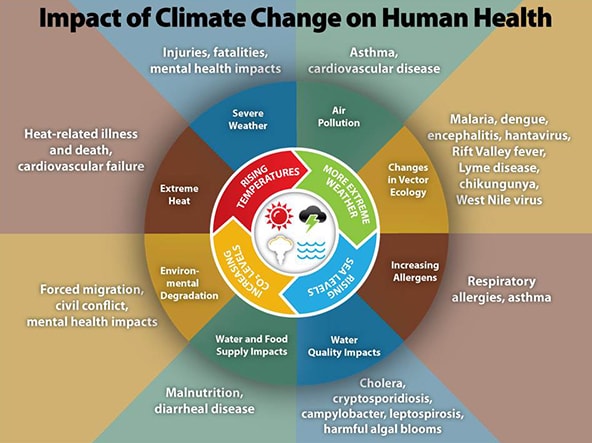| Simple living, Kyrgyzstan style |
Humans like stuff.
We like a lot of stuff.
We currently live in a world when the person who has the most stuff when he dies - wins.
And the funny thing is, we can't take it with us when we die.
But really we spend a fortune to put our stuff someplace else. It has been said that in America self storage rentals make more money than Hollywood. We spend a fortune to keep stuff we don't want in a place we don't want to go.
And what do we do when we need a boost? When we want to show someone we care? When we are bored, or something breaks and we don't want to fix it. We go shopping. To buy more stuff. Stuff we don't need, probably don't really want, and will probably put away where we don't use it or see it in a short period of time.
There is a sweet irony that best selling books instruct us to get rid of our stuff. We buy them with the best intentions, we may even read them, and possibly even let go of some of our stuff.
Yet we accumulate more stuff once we clear out stuff.
There are all sorts of reasons for our attachment to our stuff, but when it comes down to it, what do we actually need?
I travel a lot for work. I go long distances, through multiple airports. I have to look like a grown-up within hours of arrival. I can't afford to lose my luggage, So I travel with carry-on luggage only. I can live for 6 weeks from when I can get in my carry-on bag because I have gotten VERY GOOD at deciding what I need.
Not what I want, what I need.
And need is the key term here.
Multi-purpose items, simple color coordinates, more with less.
The funny thing is, until about 100 years ago most of us, most humans on the planet across all of human history lived with less stuff for a lifetime than I carry in my small suitcase for 6 weeks of urban camping.
Our ancestors could carry their material possessions because they knew what the needed. Sure some very wealthy folks had more than they could carry and had others to carry it for them. The significant majority of humans could carry their own stuff, long distances if needed, on foot, by themselves. (And without a rolling suit case!)
Mass consumption, the industrial revolution, the rise of cheap-throw-away goods, has led us to amass huge quantities of stuff. And when we clean it ends up in landfills.
It's not good for the planet. It's not going to make it easier to adapt to climate change.
When it comes down to it, we need to think about what we need.
And we need to let go of the rest and share what we have with those who really do need it.
And I swear, really soon I'll get that storage unit cleared out!!








